|
John Kynnersley Kirby was born in 1894, in the district of Basford, Nottingham. Nothing is known of his early life but he undoubtedly had a natural talent for art, which eventually led him south to study the subject at the Salde School in London. Also unknown is when and why he came to live in this particular area but he seems to have spent most of his life in Stansted, Essex, where early on he lived in Blythwood Lodge.
Much of his subject matter, however, was inspired by visiting nearby Bishop's Stortford where he portrayed many ordinary people and local characters in their working environment. One of his earliest 'local' works, entitled 'The Landlord of the Chequers', was a study of renowned landlord Joe Brazier, along with his pet dog, Pat, standing outside the Chequers Hotel in North Street (See Guide 6 – The Chequers Hotel).
This was to be the first of nine paintings he had shown at the Royal Acadamy between 1931 and 1945, perhaps the most 'famous' of which was 'The Week's Ration', painted in the early years of the war and featuring another local man, Charles J. Woodford, standing at the counter of his butchers shop in Dane Street (see Guide 11 – Dane Street). The same painting gained nationwide recognition when it was used on a Second World War calendar to illustrate a rhyme about food rationing, and in Nazi Germany was used for propaganda purposes to illustrate the fact that the British people had very little food due to the Atlantic U-boat campaign that was sinking supply ships journeying from America.
The fact that Kirby had exhibited paintings at the Royal Academy led former local historians to mistakenly add the initials RA (Royal Acadamician) after his name. Despite his prodigious talent it was a title he never attained, but he was elected a member of the New English Art Club (NEAC) and of the Royal Institute of Oil Painters (ROI). He also exhibited his work in Paris and New York. John Kynnersley Kirby is thought to have continued living in Stansted – latterly at Grove Hill, now called Kirby Cottage – but his artistic ability was ended early by the onset of arthritis.
CLICK ANY PICTURE FOR A LARGER IMAGE
|
|
|
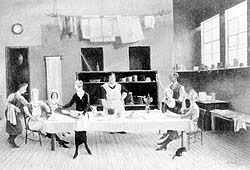 |
|
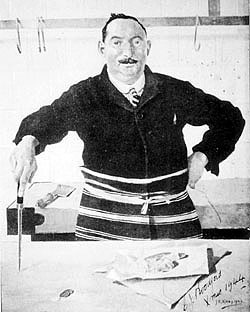 |
|
THE WEEK'S RATION: C.J.Woodford, butcher of Dane Street, featured in this painting that appeared in the Royal Academy and also as a wartime calendar
|
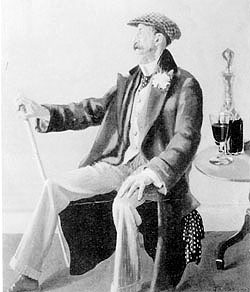 |
|
Percy Rolfe, whose moat around his house at Clavering was dug up in connection with a local murder
|
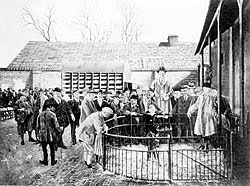 |
|
THE CALF BUYER: Joe Brazier (far left), Mr Humphries (striped suit), Harry Cox (behind him), Mr Routledge (smoking a pipe), Mr Rolfe (behind lad) and Mr Piper (auctioneer).
|
|
|
THE KITCHEN AT THE GEORGE: The George Inn’s kitchen painted in 1932
|
|
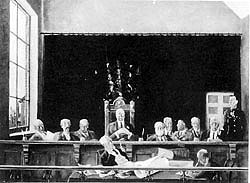 |
|
|
THE BENCH SITS: Captain Pawle (4th from right) whispering to Harry Cox. Mr Fassidge (scribe), William Gee (Clerk of the Court and Chairman Frank Flynn
|
|
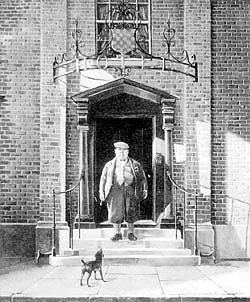 |
|
|
Above: First exhibited at the Royal Academy, this is probably Kinnersley’s most recognisable work featuring Joe Brazier standing at the entrance to the Chequers Hotel.
|
|
|
|
|
|
|
|
|
|
This painting by Kirby, entitled 'The Village Doctor', was exhibited at the Royal Academy in 1936. Exactly who the Village Doctor was is unknown, but being affectionately known as 'Uncle' he may well have been a relative of Kirby and, perhaps, practised in the Stansted area.
Picture courtesy of Peter Warren
|
|